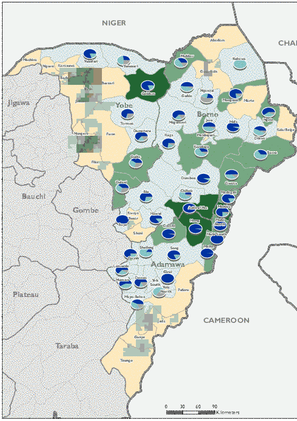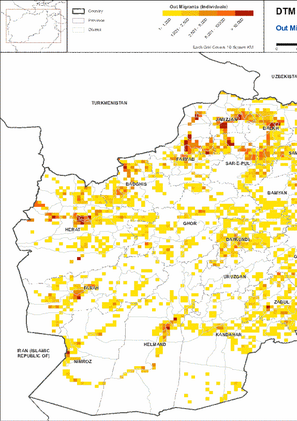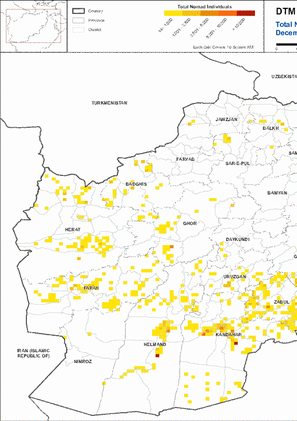-
Countries
-
Data and Analysis
-
Special Focus
-
Crisis Responses
Returnee comparison at the Local Government Area (LGA) level. Change in the number of returnees compared to Round 43.
Shelter status of returnees.
Period of arrival of returnees who arrived from abroad.
Period of arrival of returnees who arrived from within Nigeria
This map provides information on Outflow to Europe (Afghans who moved to non-neighboring countries) during period of 2012 till December 2021.
This map provides information on Arrival IDPs (IDPs from other location currently residing in an assessed village) during period of 2012 till December 2021.
This map provides information on Out Migrants (Afghans who moved or fled abroad) During period of 2012 till December 2021.
This map provides information on Returned IDPs (Afghans from an assessed village who had fled as IDPs in the past and have now returned home) During period of 2012 till December 2021.
This map provides information on Returnees from Abroad (Afghans who had fled abroad for at least 6 months and have now returned to Afghanistan) During period of 2012 till December 2021.
This map provides information on Total Nomads Individuals during period of 2012 till December 2021.










